Isle of Man, Dubai, Gibraltar, Jakarta, Delhi, Moscow, Riga, Tallinn, Biel, Havana, Uppsala, Budapest, Reykjavik, Chennai, Wijk aan Zee: these apparently random locations have something in common. They all host large open chess tournaments. These opens are routinely assaulted by large packs of hungry, young Indians. One Grandmaster of my acquaintance refers to this phenomenon as the “15x15 desi contingents”: that is, contingents of 15 players, all aged around 15.
ALSO READ Meet filmmaker Amit Dutta, who believes chess can endlessly surprise and reward us
In tennis, ‘U.S. Open’ and ‘French Open’ are misnomers. But chess opens are really open. Anybody can play, subject to first-come, first-served, and graded entry fees; strong titled players are often paid appearance fees while untitled players pay a fee for the privilege. Some of those Indian youngsters already earn appearance fees, while others are headed in that direction.
Over 33,000 Indians regularly play formal, rated events. This dwarfs participation from anywhere else and the massive pyramid is one reason why the country’s chess profile has gone stratospheric. There are 74 Indian Grandmasters, many under 20. There are 125 international masters (ditto in terms of age), many within a step or two of moving up the ladder. And these boys and girls have swept age-group medals, while the team has won the Online Chess Olympiad.
ALSO READ Chess trivia: The Partisan and a Satyajit Ray classic
Chess has been around for millennia and generally believed to have originated in India. But the rules have changed many times and there have been radical changes in playing formats in the last few years. So it is with India: there is indeed a love affair between Indians and chess.

Sport of the young
The India of today is awash with ambitious tiger moms; it has a young population, cheap data, willing sponsors, and enthusiastic chess coaches. Chess is now a sport of the young; the natural habitat for play and practise is online; and the prospects of making (reasonable) money and good branding makes chess acceptable to parents in a way that say, poker, (also played online with more money on offer) is not.
The love affair started when Viswanathan Anand became the World Junior Champion in 1987.
Anand is the perfect role-model: a nice boy who works hard, makes decent money, behaves well and finishes first. It all translates into superb branding.
Chess supposedly requires ‘brains’. Opinion is divided about whether playing good chess requires general intelligence. But it does require a certain type of pattern-solving: chess is applied geometry after all, with concrete calculation thrown in. Astrophysicists notice tiny changes in the night sky the same way chess players notice small changes in pawn structures. Chess may train the brain to be good at maths, engineering, science, architecture, design, and at other areas of applied maths such as music and computer science.
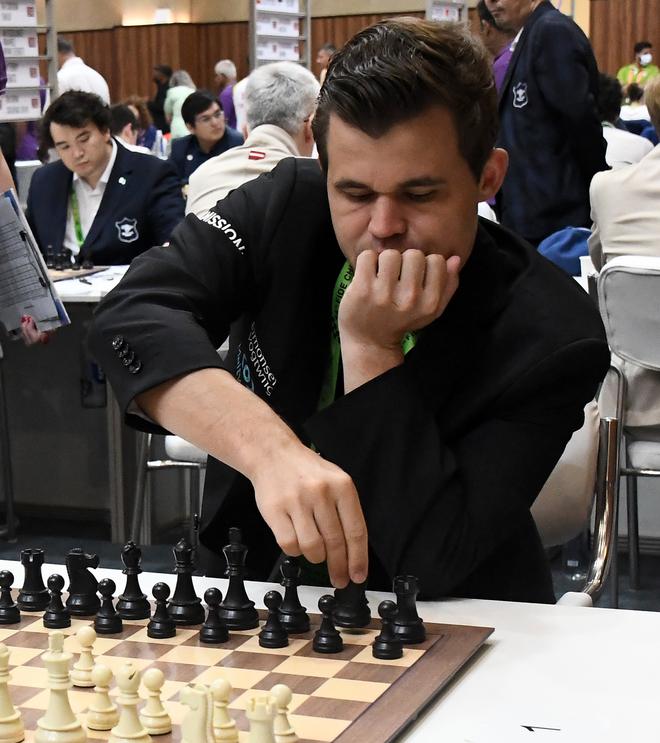
It is a ‘pure’ sport that rewards the elite. There’s no luck or favouritism involved. Nobody selects chess players; they select themselves by winning. In theory, an unknown player from nowhere could become a world champion by playing through the title cycle step by step. Arguably that is what Anand and Magnus Carlsen have both done. (Chess players do refer to ‘luck’ but that’s shorthand for ‘My opponent made bigger mistakes than I expected’. A chess aphorism is, ‘A good player is always lucky’.)
Good practitioners learn to be focused, disciplined and study hard, and to take responsibility for their mistakes. This also makes playing chess pretty good ‘therapy’.
One member of India’s team, the 18-year-old Grandmaster Nihal Sarin, was encouraged to play chess by parents, both doctors, when they realised he had attention issues and indulged in disruptive behaviour when bored. Nihal very rarely sits at the board even now in high-tension competitions.
Two other teenaged mega-talents, R. Praggnanandhaa and his sister R. Vaishali, were both pushed into chess to wean them off TV serials. Gukesh D. (who also has doctor parents) has been seen to practise bowling shadow leg-breaks to blow off excess energy when he gets up from the board during a tough game.
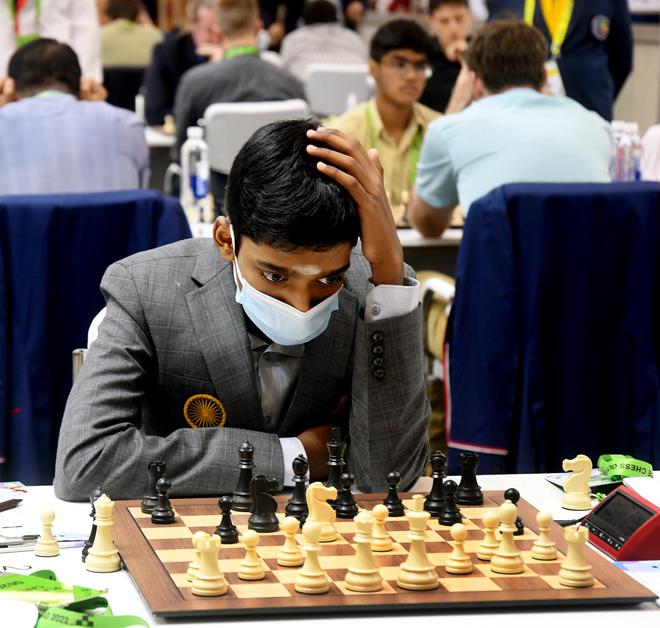
Chess, karate and yoga
An indication of the spread of chess culture is the geographical and linguistic diversity of the 30 players representing India at this Olympiad. Chennai is the biggest chess centre and contributor but there are players from Thrissur, Nashik, Nagpur, Delhi, Kolkata, Hyderabad and Guntur.
Every urban centre has some sort of chess coaching available and there are always online classes. The two best known centres for high-level coaching are in Chennai: Chess Gurukul run by Grandmaster R.B. Ramesh and the Westbridge Anand Chess Academy. Grandmaster Dibyendu Barua runs a coaching centre in Kolkata. Many schools now offer chess classes, alongside karate and yoga as optional extra-curricular activities.
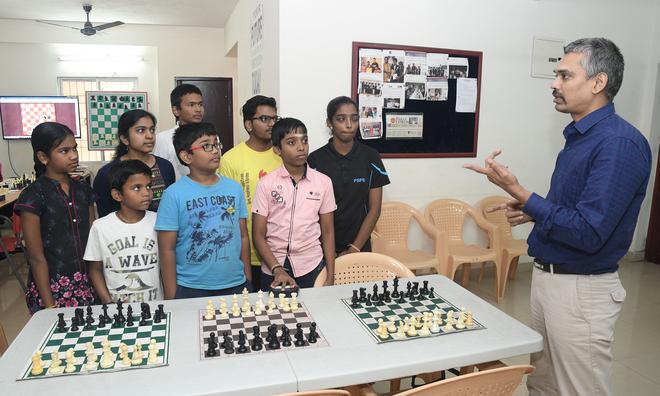
Chess incidentally burns serious energy, which is one reason why youngsters tend to be good at it. A long chess game takes as many calories as a tennis match. Bullet games (played with 60 seconds on the clock) pushes pulse rates to the 150-plus range. So it tends to foster physical fitness. Members of India’s chess teams have been known to entertain themselves by competing head-to-head at planks and push-ups.
Like maths and music, chess fosters prodigies. This maybe because these are disciplines that don’t demand knowledge of the wider world, or the emotional maturity that only arrives with age and experience. You cannot be a great writer at 18, or a path-breaking artist at age 15, no matter your talent. But you can compose an immortal symphony at 15, or write a new theorem, or become a Grandmaster.
India is a very young nation and the youth parade at this Olympiad is testimony to how many prodigies it has churned out. Five of the open team members and four of the women are still juniors. All of them are huge talents. The five teenagers in the open teams are all in the World Top 20 Under-20 and four of them are in the World Top 100.
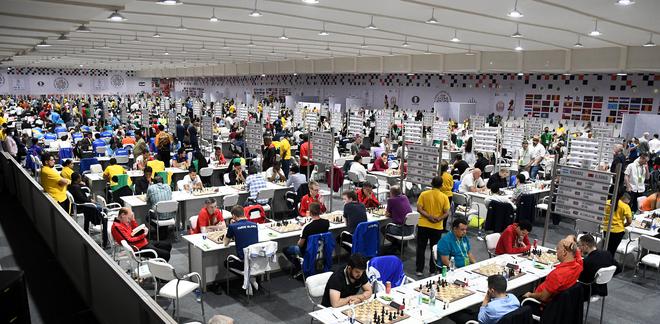
Pandemic push
India has the cheapest phone data rates in the world and high smartphone penetration. This is significant, especially after the pandemic. Anybody can play or watch chess 24x7 on several websites, and it’s not unknown for young players to do exactly this, even if they have a big match coming up the next day.
Remote coaching is a big deal, and analysis is completely computer-driven, with multi-million game databases and real-time analysis. The last three world championship matches have seen both players backed up by supercomputer support while their teams of seconds were located in many different places. There are roughly 2,500 players and coaches at the Olympiad and it’s likely none of them bothered to bring a physical chess set. Smartphones and laptops suffice.
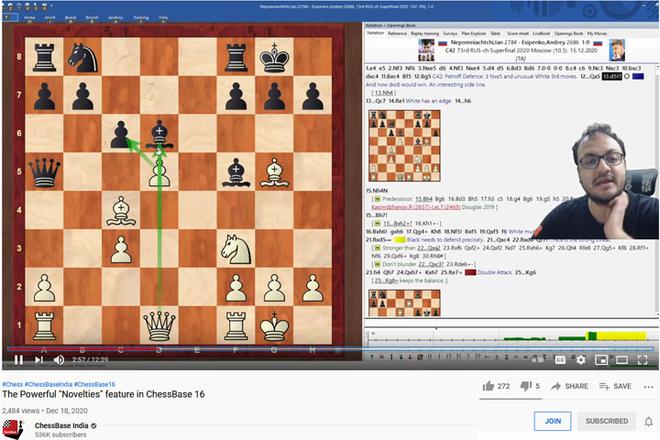
The pandemic turned into a force-multiplier for online play. As the world locked down, chess websites such as chess.com and FIDE (International Chess Federation) started looking at big prize money.
But that meant plugging some glaring problems with online chess, including the really big one: cheating. When a smartphone plays better chess than the human world champion, creating platforms for honest online play requires thought.
There are two popular solutions. One is hybrid chess, where the players are in remote locations but accompanied by human monitors. This works with top players in a big event. The other is smart software that analyses games and compares moves made by humans to the best moves suggested by software.
The Queen’s Gambit played its part with its gorgeous recreation of a lost era of chess. As shown here, competitive chess used to be played at leisurely time controls (150 minutes for 40 moves usually) with adjournments and human analysis. Now, it’s short controls. Big games are often played at 30 seconds per move in the latter stages, and there are no adjournments. Two of the last three world championship matches were decided by rapid tiebreakers.
Promising young talent
Suddenly, the Indian public at large discovered an army of desi youngsters who played brilliant chess. Instead of Sagar Shah, an international master, drawing his usual dedicated audience of 3,000 watchers, when he streamed games live, audiences jumped to 50,000-plus for the online Olympiad and, of course, India winning created its own momentum.

The Chennai extravaganza should take enthusiasm to new heights. By the next individual world championship cycle, several youngsters will be looking to break into the very top echelons. In 1985, Garry Kasparov became the youngest ever world champion. There’s every chance that this record will be broken soon, given the incandescent talent of half-a-dozen teenagers (not all of them Indians). In turn, that might inspire another generation to turn their focus on the 64 squares.
The writer is an internationally rated player and Correspondence Master.







